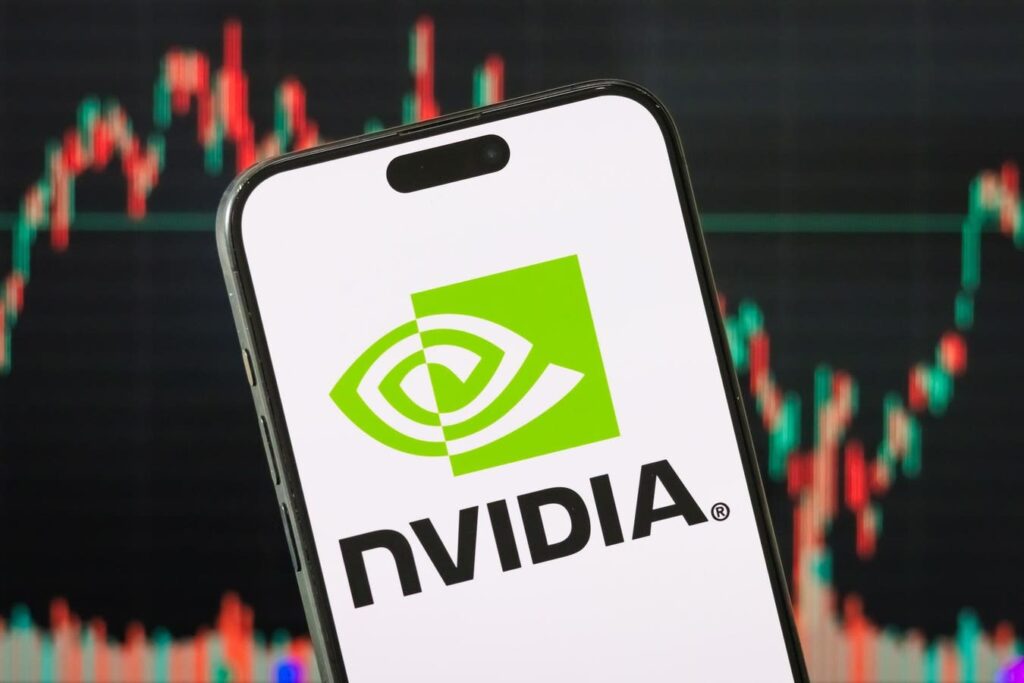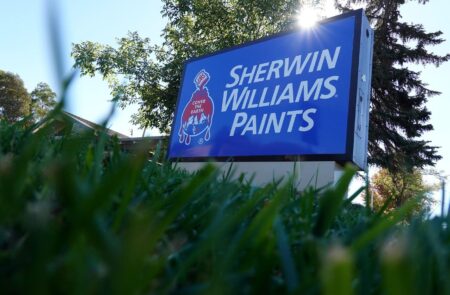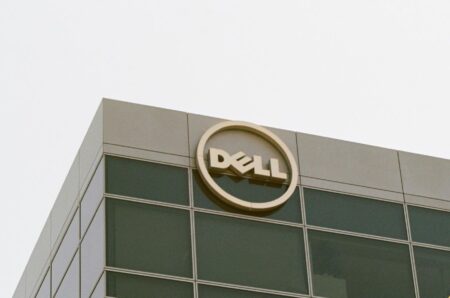Yes, we think so. Currently, Nvidia (NASDAQ; NVDA) stock trades at 44 times its trailing earnings of $3.19 per share. This figure aligns with the stock’s average P/E ratio over the last two years, and growth has remained solid thus far. The real question is whether this growth will continue, which we’ll delve into in the sections below. First, let’s examine what happened in the recently reported Q1.
Solid Q1 Performance
Nvidia recently announced its fiscal first-quarter results for the period ending April 2025, reporting adjusted earnings of $0.96 per share on revenues of $44.1 billion. This represents a significant 69% year-over-year increase in sales and a 57% growth in earnings. The company performed better than Wall Street’s expectations, which had projected adjusted earnings of $0.93 per share on sales of $44.3 billion. However, the company’s outlook of $45 billion in Q2 sales missed the Street’s estimates of around $46 billion. This weaker guidance was primarily due to an expected $8 billion hit to the top line from recent export restrictions on the company’s H20 chips bound for China. During the quarter, the company spent $14.1 billion on share repurchases and paid $244 million in dividends. Separately, see – Buy, Sell, or Hold AVGO Stock?
After exceeding analyst estimates, Nvidia’s stock surged around 5% in after-hours trading on Wednesday, May 28. That said, if you seek upside with lower volatility than individual stocks, the Trefis High Quality portfolio presents an alternative – having outperformed the S&P 500 and generated returns exceeding 91% since its inception.
Looking at segments, data center revenue reached $39.1 billion, marking a 73% year-over-year increase. Gaming & AI PC was up 42%, Professional Visualization sales grew 19%, and Automotive & Robotics revenue increased by 72%. This growth was primarily driven by continued strong demand for the company’s GPU chips, which are heavily used in generative AI applications.
Nvidia has also ramped up large-scale production of its latest Blackwell AI supercomputers. These new chips, with their advanced AI capabilities and premium pricing, have contributed significantly to top-line growth. Nvidia’s Blackwell cloud is now available on major platforms including AWS, Google Cloud, Microsoft Azure, and Oracle Cloud Infrastructure. Microsoft has been a substantial buyer of these Blackwell chips. However, the company’s gross margins of 61% were down 1,790 basis points from 78.9% in the year-ago quarter. Excluding the one-time charge from H20 sales restrictions, the gross margin would have been 71.3%.
But There’s A Downside Risk For NVDA Stock
Nvidia stock is a market darling, and its Q1 performance may lead to a further spike, possibly pushing it towards its 52-week high. However, consider this: can such growth truly be sustained? Is a valuation of 44 times trailing earnings justified?
Nvidia’s phenomenal growth is a recent phenomenon, and it might not last. Indeed, the entire AI boom could fizzle, or perhaps large AI models, in particular, could be deemed unnecessary. Deepseek’s demonstration that smaller models can perform just as well, without even utilizing Nvidia’s latest chips, raises questions.
However, what are the odds that Nvidia’s chips will cease to be in high demand? That’s where the speculation begins.
Nvidia’s revenues have grown by more than 80% annually for each of the last three years, with last year exceeding 100% growth. Could this growth decelerate to 60% or even 40%?
It almost certainly has to—and soon!
Why?
Nvidia’s largest customers include tech giants like Microsoft, Google, Meta, and Amazon. Each of these companies spent tens of billions last year on Nvidia chips. Can these companies continue to increase their spending on Nvidia chips by 100% year after year, especially when their own revenues are growing at only about 15% annually?
No, absolutely not.
The era of Nvidia’s 80-100% growth must eventually come to an end. When this period of rapid expansion concludes, Nvidia’s valuation will likely drop significantly. In fact, we currently estimate Nvidia’s Valuation to be around $100 per share, reflecting a downside of over 25% from the current levels. Note that we will revise our model shortly to reflect the latest quarterly results.
However, growth could then stabilize at a more sustainable pace of 20-30%, which, while not exceptionally high, is still respectable. That’s why you build a portfolio. A resilient one. Balance risk-reward. We did it in spades with the Trefis High Quality (HQ) portfolio. Balancing risk-reward is how HQ outperformed the S&P 500, the Nasdaq, and the Russell 2000. HQ outperformed all of them, and clocked >91% returns since inception!
Read the full article here
















